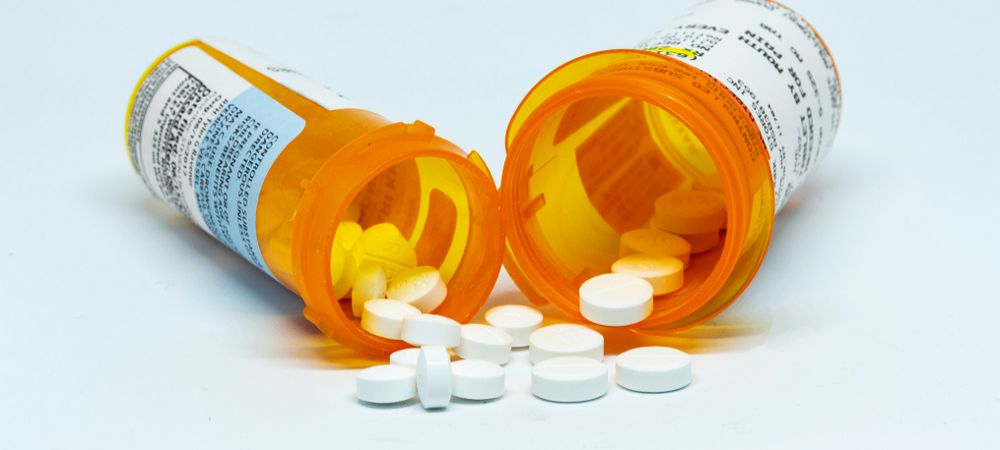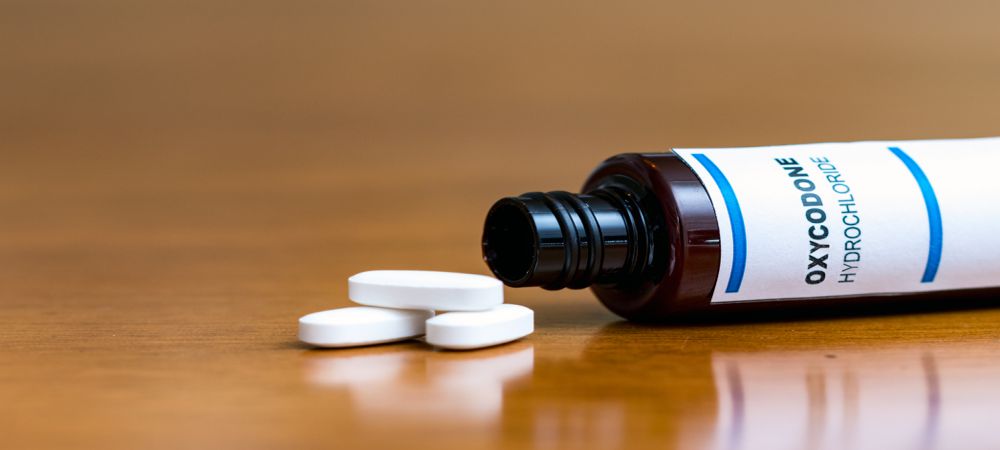What is stronger Oxycodone or OxyContin? Thanks to the popularity of these two substances, this is a commonly asked question. Usually, both OxyContin and Oxycodone are prescribed to provide ongoing pain relief to patients.
While many think of oxycodone as being the less potent medication, because it is often used with other medications, it is still an opioid drug. While this is the case, it is possible to safely combine its use with Tylenol or ibuprofen. Does this mean that the answer to the question of, “what is stronger Oxycodone or OxyContin,” is OxyContin? Not necessarily.
What Do Those in the Pharmaceutical Industry Have to Say?
In the realm of pharmaceuticals, professionals often hear the question, what is stronger, Oxycodone or OxyContin? However, they also know that oxycodone is a generic name used for OxyContin, as oxycodone is the only active ingredient in this prescription pain killer.
However, because it is the active ingredient in a number of other pain-relieving medications, such as Tylox, Percodan and Percocet, a better way to describe oxycodone use in OxyContin, is being an extended release version.
The Effects of OxyContin vs. Oxycodone

The effects of the medications that are used alongside oxycodone are released right after using the pill. The pain relief benefits offered typically last four to six hours.
With OxyContin, the effects are typically stronger because it contains a pure concentration of the oxycodone, which results in the drug being stronger and much more addictive. As the brand name pharmaceutical, OxyContin has been specifically designed to release over time, which makes it effective for about 12 hours.
However, many people who begin abusing OxyContin will tamper with or remove the time release element, which results in a very strong amount of the medication experienced at once. As a result, in this case, the answer to the question, what is stronger Oxycodone or OxyContin, would be OxyContin.
There is no doubt that these drugs are part of a growing epidemic. About 21.7% of high school seniors report abusing prescription drugs including both Oxycodone and OxyContin. In fact, over a fifteen year period, the sale of prescription drugs like OxyContin and Oxycodone have more than quadrupled.
Related article: How Does it Feel to Be On OxyContin
How People Abuse these Drugs
Those who abuse this drug, in any form, usually crush the tablet and then either snort or swallow it. They may also dilute the drug in water and inject into themselves.
This will eliminate the time release mechanism, allowing the user to receive the full strength of the narcotic. Many people who have used this drug compare it to providing the same sense of euphoria that heroin does.
Another issue that has been growing is people smoking OxyContin. Due to the many ways it can be used and abused, there are many people facing addiction issues.
When you are thinking about taking OxyContin or oxycodone, then you should consider more than just what is stronger Oxycodone or OxyContin. You need to think about the potential this drug has to cause an addiction and how this may affect you now or in the future.
If a person has become addicted to this drug, then the best thing they can do is research the various addiction programs out there. They can help you overcome the addiction.
Effects of OxyContin or Oxycodone Abuse
We have confirmed that these two drugs are virtually the same thing. So, you must now have your answer to which is stronger between Oxycodone and OxyContin.
However, a significant problem still stands in the potential for the abuse of these drugs. This is because they’re within the opioid family. As a result, consistent abuse can lead to dependence and a need for opioid addiction treatment.
Unfortunately, when abuse comes in, a few consequences can also arise.
Immediate Effects of Oxycodone and OxyContin Use
Technically speaking, these effects aren’t exactly side effects. They’re the feelings abusers of the drug will get right after using the drug. They include:
- A feeling of relaxation
- A euphoric feeling
- A significant reduction in the amount of pain felt by the individual.
- A higher level of sedation.
- An increased reduction in the individual’s anxiety levels.
Individual-Based Side Effects
This class of side effects are the ones that differ from one individual to another. This is often the case due to your individual peculiarities.
Everyone’s body reacts differently to different things. Another reason may be the ever so slight differences between Oxycodone and OxyContin. Some of these effects are:
- Gastrointestinal problems. These can include several discomforting feelings. Some of them are nausea, constipation, stomach cramps, and varying degrees of vomiting.
- Loss of appetite. This side effect can as well come with drowsiness, sweating, flushing, and dry mouth.
- Headache, weakness, and dizziness.
- Allergic reactions. This is one of the places where the aforementioned individual differences kick in. People will react in different ways. However, some of the most common manifestations of these allergic reactions are hives, rashes, itching, etc. Also, some people report swelling in the lips, tongue, throat, face, and extremities.
- Respiratory difficulties. Typically, this means a reduced ability to breathe for most people. However, in particularly severe cases, it can as well mean an inability to swallow.
- Postural hypertension. This is when your blood pressure drops sharply after you rise from a fixed position.
- Extreme comatose or lethargy. This is one of the most common. It happens when you overdose on oxycodone and OxyContin.
- Seizures – these are quite rare.
Related article: How Much Does Drug Rehab Cost in BC?
Long-Term Effects of OxyContin and Oxycodone Use
Having developed an addiction, you may experience one or more of these effects:
- The development of an extreme tolerance for the drug. In this case, you’d have to take a much higher quantity just to get the high you want.
- Withdrawal symptoms. This is particularly dangerous. It can mean you are now physically dependent on the drug. The physical dependence on a drug often occurs when you have gotten extreme tolerance and withdrawal symptoms.
- Kidney and liver failure. This is quite rare but it is still a genuine possibility.
- Changes in the individual’s brain chemistry. These can lead to low attention span, memory loss, and reduced problem-solving capabilities.
Generally, OxyContin and Oxycodone aren’t particularly dangerous. If you use the drug under a physician’s supervision, things will be fine. There will be a far lower risk of developing long-term side effects.
However, when an abuser goes against regular prescription, challenges would occur. This is because abusers tend to mix these drugs with other substances like alcohol. If appropriate care isn’t exercised, the abuse of either of these drugs can be fatal.
In Conclusion
Oxycodone is merely an active ingredient in the OxyContin drug. This is consistent with other pain killers. Due to its tendency to get abused, while searching for which is stronger between Oxycodone and OxyContin, you should also be curious to find out information about its abuse.
Here, we’ve outlined the details you might need — from the usual abuse methods to potential challenges that arise when abuse is in the picture. Here at Addiction Rehab, we can take it a step further. Our addiction treatment experts can talk with you, helping you chart a course for professional addiction treatment. Get in touch with us today!
Related article: How Much Does a Drug Addiction Rehab Cost in Canada?






